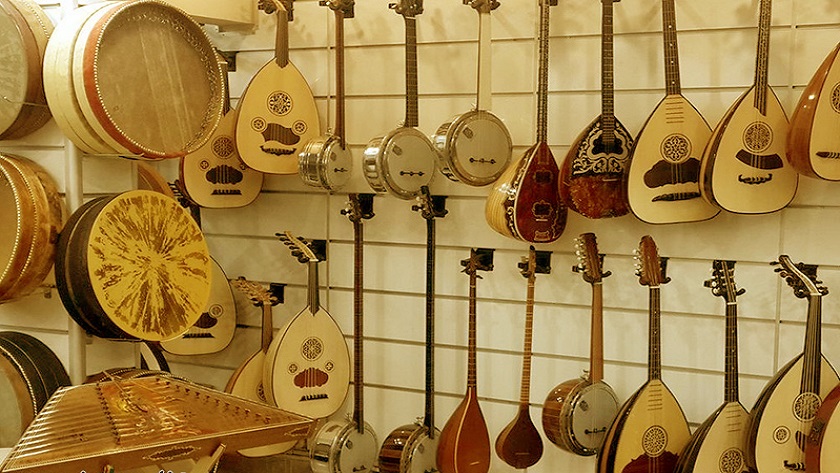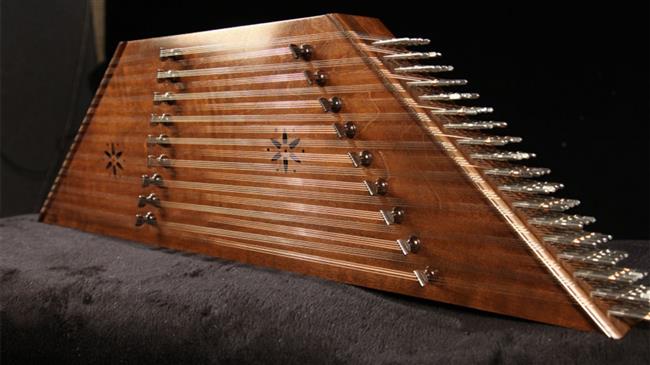Iran Press/ Iran news: Iran possesses hundreds of traditional instruments, mostly string and percussion instruments. Most of them spread to the whole region under the Persian Empires, up to Europe and Asia thanks to the Silk Road merchants.
 Iranian traditional musical instruments
Iranian traditional musical instruments
The history of Persian Music
Archaeological evidence shows that the development of music in Iran finds its origin in its first civilizations. Instruments, texts, and paintings testify to the emergence of musicians as far as the Elam civilization. Even if we have a few pieces of information about the tradition of music under the great Persian Empire of the Achaemenids, we know that it was already a central part of the court's life. In Iranian mythology, the glorious king Jamshid is credited for the invention of music.
The first improvements happened in Sassanid Era. People started growing fond of music and they used to play it in their rituals. The most famous artisans are Nakisa, Barbod, and Sargash. Barbod is the one who invented many Persian musical instruments.
Related article: Ney Instrument; What Iran is known for
Many famous musicians lived in the Sassanian court, among which one of the founding fathers of Iranian music, Barbad. This highly respected poet and musician played for king Khoswro II and he is considered the inventor of the musical tradition, as we know it today.
Santur
The santur for the first time appears in the Moruj al-Zahab, a history book written by Abol Hassan Ali Ibn Hussein Masudi (tenth century). He mentions the santur when talking about Persian music and its various instruments during the Sassanid Empire. Also, the santur is mentioned by the famous Persian poet, Manuchehri (eleventh century).
 Santur is among popular instrumets in Iran
Santur is among popular instrumets in Iran
This hammered- dulcimer musical instrument has a completely regular and geometric shape, generally made of walnut or maple wood. The common type of the santoor consists of 72 strings; every 4 wires has one tuning peg and each group of strings rest on a bridge (kharak); so, in fact this instrument has 18 bridges, 9 of them are on the right and 9 on the left side of the instrument.

The Santur strings are divided into two groups of white and black wires; the white ones which are made from nickel alloy are the Drone strings and the yellow strings made from brass alloys are the Bass strings. The Santur is played by two "mallet"(mezhrab) or "plectrum"(zhakhmeh). Most of the time, musicians must perform a different note with each of these mallet, so playing this instrument needs concentration of mind, beside hands agility.
Related article: Tombak instrument; What Iran is known for
The santur is today known as the most popular Iranian musical instrument. It is a direct ancestor of the piano and is referred to as the hammered dulcimer in English terminology.
 Santurs are highly fine crafted by hand in Iran
Santurs are highly fine crafted by hand in Iran
International applications have been filed with the United Nations Educational, Scientific and Cultural Organization (UNESCO) to register the Iranian musical instrument Lute in 2019.
Read More:
Shams Tabrizi; What Iran is known for
Religious diversity; What Iran is known for
Iranian Poet Shahriar; What Iran is known for
Ashkan Salehian

